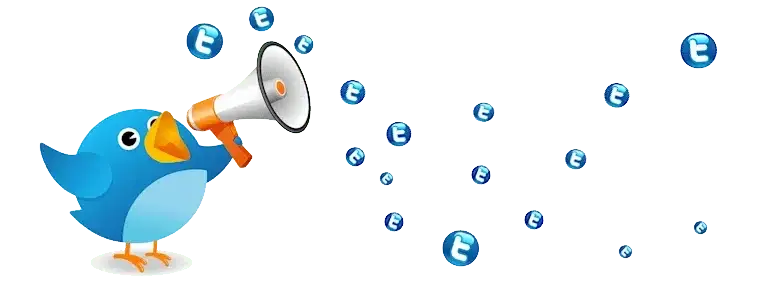When I tell people that I’m a Twitter fanatic, there’s one question they always ask me: “What do you use Twitter for?” They don’t understand why I’m interested in “tweets” from others and what they are doing. Then they proceed to tell me how they don’t have time to tweet every move they make or to monitor another social media network. Usually I just smile and shrug, fake apologizing that “Yeah, you’re right, I’m a nerd with lots of time on my hands.”
Actually, there are several productive, entertaining, and profitable reasons to use Twitter. The focus of this blog post is to explain the five different types of tweets and how they should be used. By listing them I hope to help answer the question, “What do you use Twitter for?” and also help businesses and individuals understand the methods for utilizing Twitter to their advantage.
The 5 Types of Tweets
- Shares – tweeting a link to a piece of content or a resource. This is the most common type of tweet: users tweeting a link to an article they feel is of value, or to an image, another user (#FF), a website, a PDF, anything that can be shared within 140 characters. By sharing things that your followers find useful, you gain respect and possibly the ultimate Twitter love, the retweet (RT). This helps you gain followers.
- Conversations – these tweets are often superfluous comments like “Woke up hungover” or “Happy Arbor Day!” But conversations also include any tweet in which you are replying to a previous tweet, or are sending public messages to another Twitter user. These tweets can be very effective in establishing a personal connection with your followers and gaining trust.
- Crowd Sourcing – closely related to the Conversation tweet, the Crowd Sourcing tweet is when you directly appeal to your followers for an answer to a problem. “Landing in Milwaukee for a conference and need to find a good dry cleaner, any suggestions?” is an example. You may ask your followers to help with a business problem. “Which platform do you prefer for mobile browsing: Android or Apple?” Crowd Sourcing has become very popular recently, and it can be effective if you have a large group of followers or if it’s used in conjunction with a hashtag. If you send a Crowd Source tweet with a hashtag it brings in people who are not following you, but may have unique expertise. For example, “Landing in #Milwaukee for a conference and need to find a good dry cleaner, any suggestions?” will send your tweet out to people following the #milwaukee hashtag and increase the likelihood that you’ll get a useful response.
- Content – this tweet is content itself. Don’t confuse it with the Share, which shares or links to content. The Content tweet actually IS CONTENT. For example: “On this date in 1984, the Detroit Tigers won the World Series over the San Diego Padres” OR “Another flaw in the human character is that everybody wants to build and nobody wants to do maintenance. – Vonnegut”. Content tweets can be tricky: you have to make sure that your content is of value and that it relates to your Twitter profile and your followers. Be careful not to offend or stray way off topic. Avoid political, religious, and ethical statements if you’re tweeting for a brand. Content could also be an embedded image (Instagram or bitly image) that can be easily seen by your followers in their Twitter stream.
- Marketing – this is outright sales or marketing copy in a tweet. “Get a free iPod for the next 12 hours when you sign up for our conference” OR “Contact us for an analysis of your web traffic patterns”. I’m not saying you should never use these types of tweets, but they are rarely effective. Twitter users are looking for useful information. Like other social media networks, users do not want to be directly marketed to or spammed with sales speak. Sharing interesting content and engaging users via your tweets is a better way to establish credibility and attract potential customers. If your followers are interested in your services they will ask, or visit your website. Another method for promoting your services is to tweet about projects you’re working on or new technologies you are using . You may even ask your followers to critique your project or a new product. However, occasionally you can reach out to Twitter followers to remind them that you are in business and what services you offer. But be subtle.
